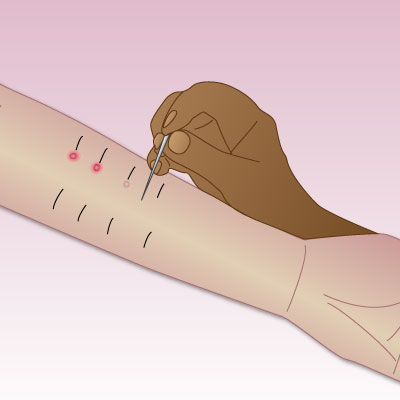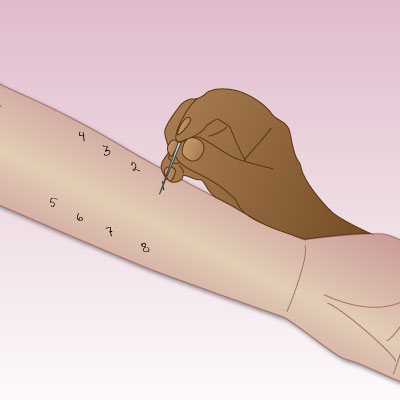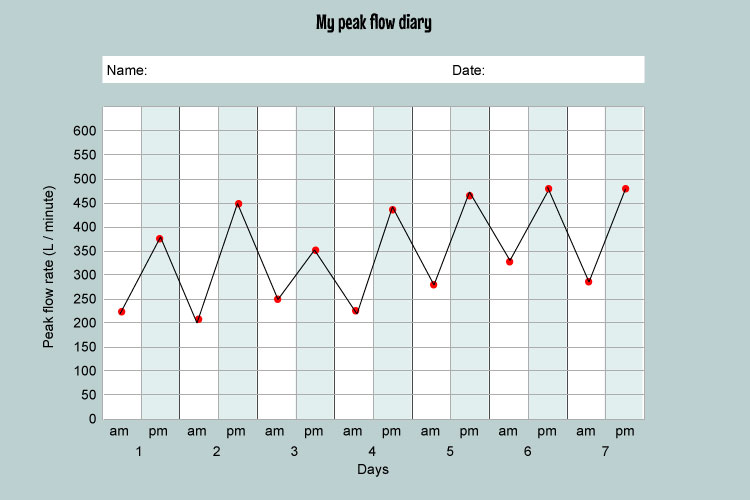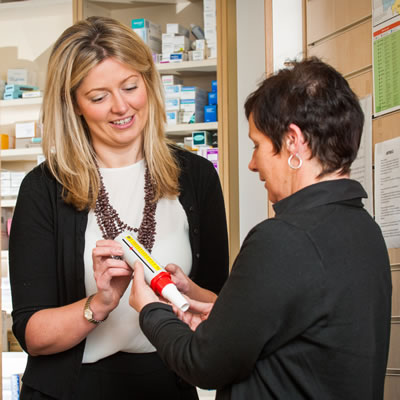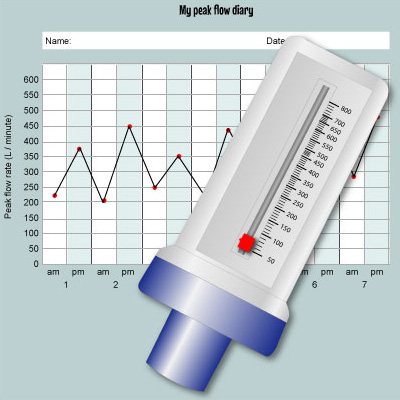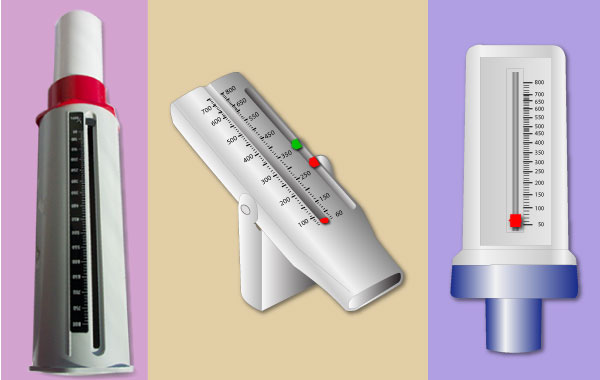A small amount of allergen is put just under the skin to produce a localised reaction. This looks like a wheal (bump) and flare (redness) at the puncture site.
The type of allergen used is decided after consultation with medical staff and based on each person’s medical history and symptoms .
Roughly between 6-15 allergens can be tested at one time (possibly more on a larger area of skin).
If you are allergic to any of the test substances your body will produce antibodies. These react with the allergen and cells within your body release a substance called histamine, this is what causes the symptoms of itching swelling and release of fluid.


